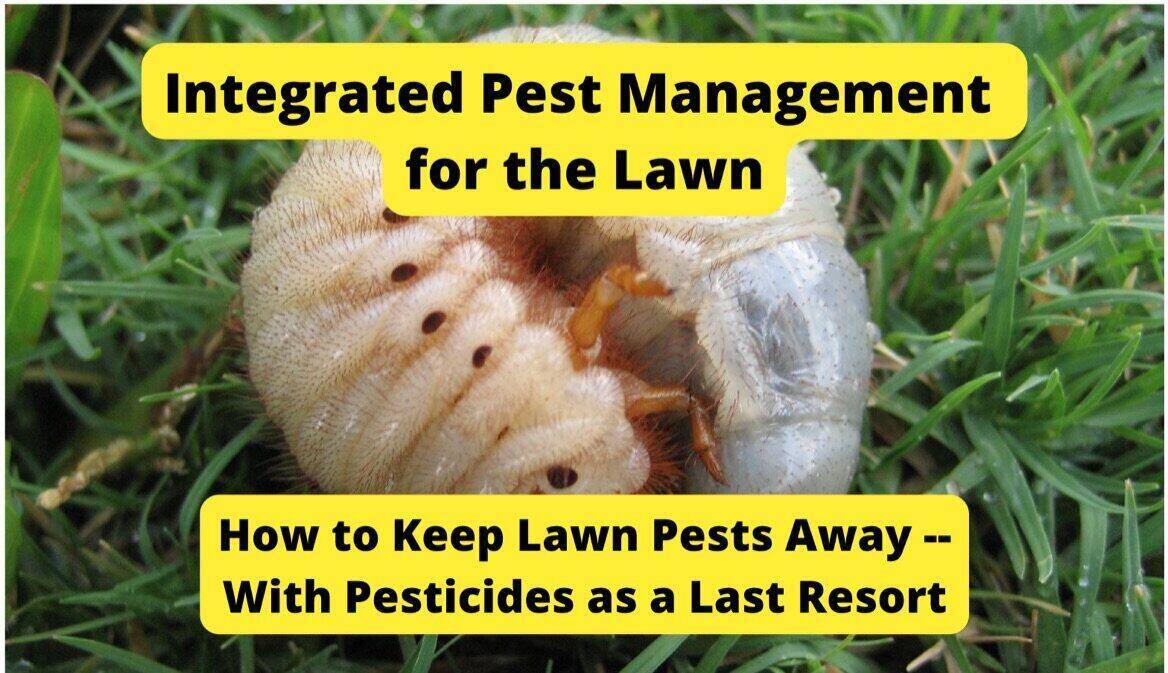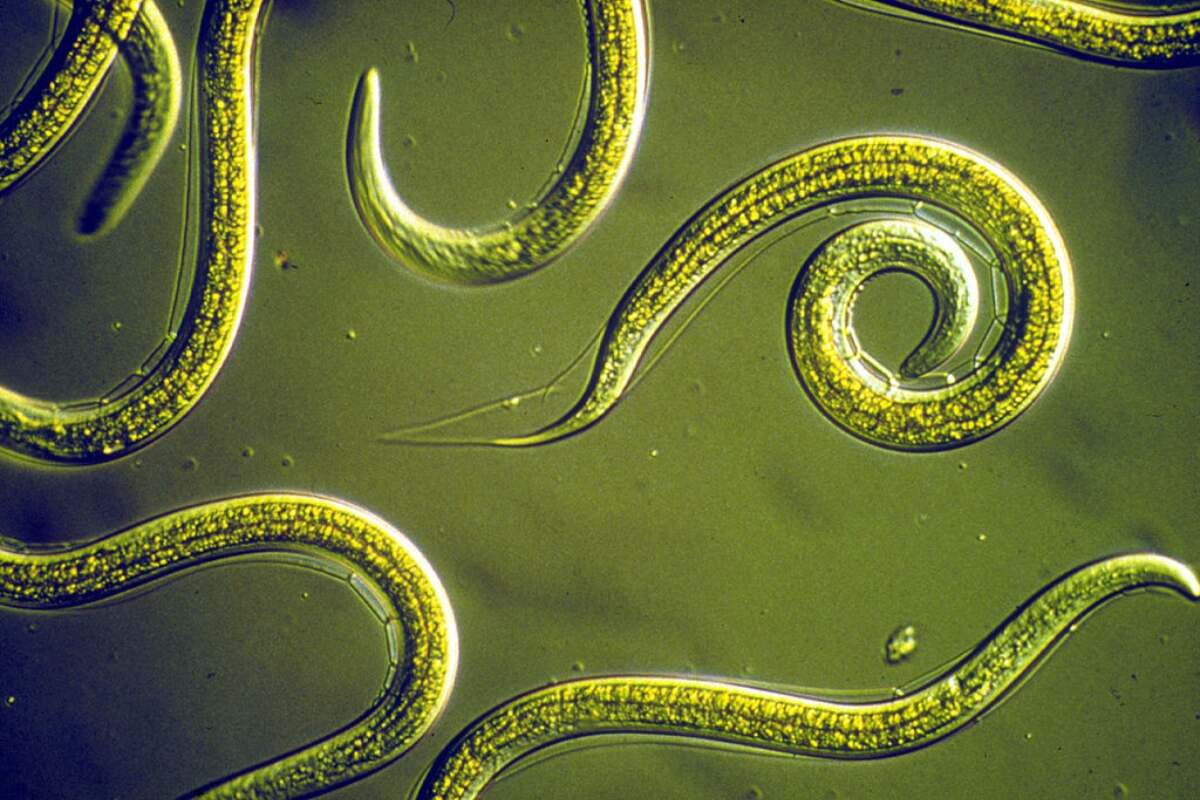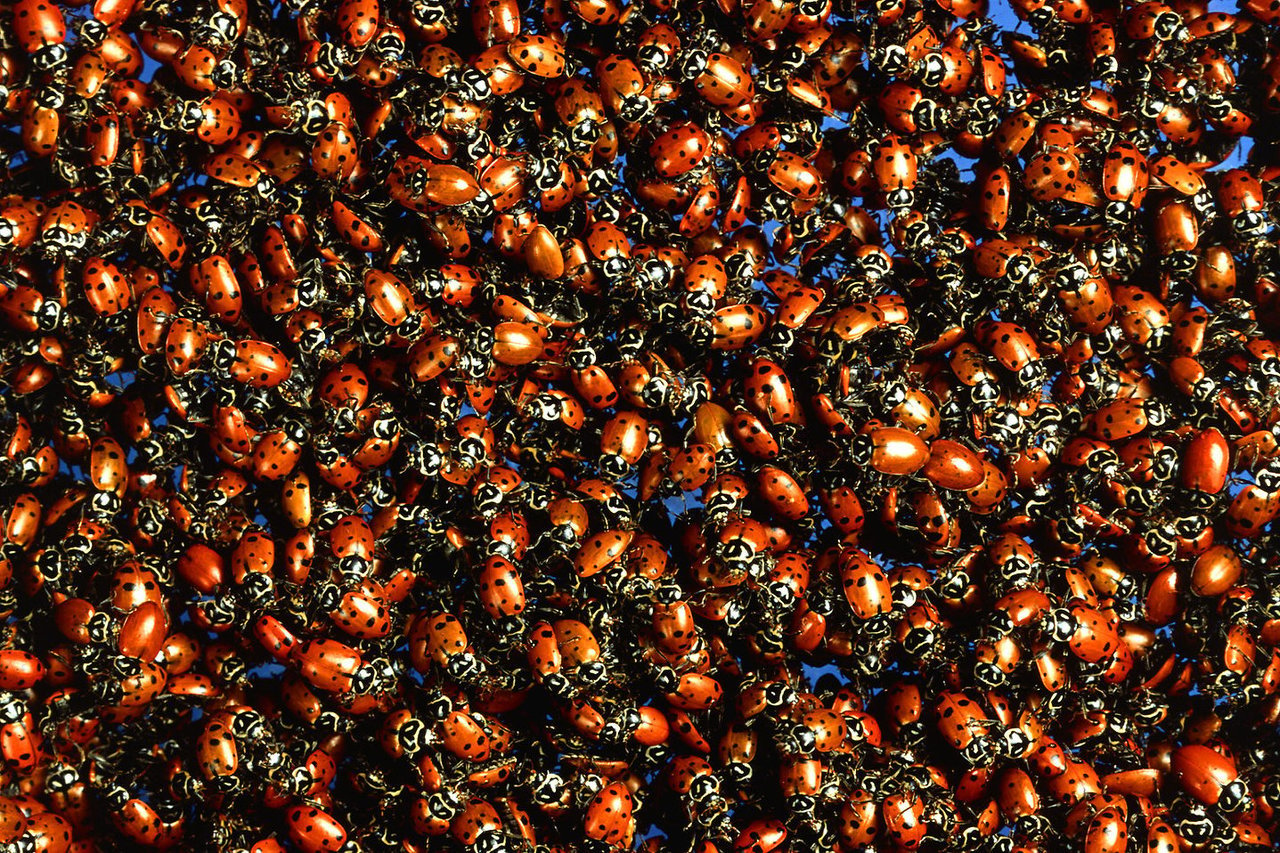
The sight of a creepy, crawly or winged insect in our yard or garden sends many of us scrambling to find the bug killer. This shouldn’t always be the case, though. There are numerous lawn and garden insects that are beneficial in regards to pest control within the landscape and should be encouraged to make their homes right by ours.
How Can Insects Be Beneficial?
It’s hard to believe that insects can be beneficial to the lawn and garden, and at times can be harder to fathom we should purposely entice them or even add them ourselves on purpose. Some insects play an integral, helpful role in our outside spaces, more than just acting as biological control of the bugs we don’t want. These natural enemies can also help pollination and improve the soil.
- Their presence acts as harmful pest management, naturally reducing the number of unwanted, detrimental garden pests, minimizing the damage these intruders inflict upon our plants and turf.
- They cut down on applications of chemical pesticides, reducing the exposure to humans and pets as well as possible environmental side effects of spray or granular applications.
- Beneficial insects save money and time spent applying insecticides and over the course of a growing season.
- They facilitate pollination in flowering plants, promoting reproduction.
- Having them around improves the soil ecosystem to enhance plant growth.
Types of Beneficial Bugs
When examining the different types of insects to encourage in the lawn and garden there are four basic categories of beneficial bugs. Some feed on the insect pests you don’t want, while others perform other critical functions.
- Predators are typically larger than the harmful bugs and consume a wide range of pests, mainly small insects.
- Parasites scope out a host insect to prey upon and then lay their eggs either inside the host or on them. When the insect eggs hatch, larvae feed on their victim, eventually killing it.
- Pollinators move from flower to flower, transferring grains of pollen from the male anther of a flower to the female stigma. The act of pollination produces fruit on a plant and a resulting seed.
- Decomposers aid in the landscape by breaking down garden detritus, releasing plant essential nutrients and creating an organic material that enriches the soil.
Most-Beneficial Lawn Insects
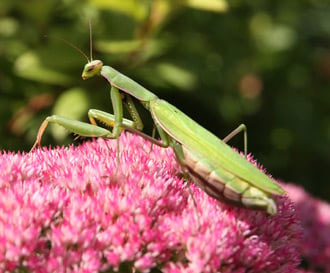
Praying mantises are voracious predators and unscrupulous eaters; they also add a touch of whimsy to your landscape with their renowned appearance.
Ladybugs — also known as lady beetles or ladybirds — are without a doubt, the best insect you can introduce, or encourage, in your garden. On lawns, they keep aphid populations at a manageable, non-threatening level. If you see a black, sticky substance on your grass, it’s likely aphids are the cause. Left unchecked in a lawn, aphids will stunt its growth and create yellowing leaves. Having ladybugs around keeps them in check. The University of Kentucky College of Agriculture reports that a single ladybug may eat as many as 5,000 aphids in its lifetime.
Ground beetles are advantageous as they feed upon the devastating lawn grub known to feed on the roots of grasses, creating patches of dead turf in your lawn. They also eat cutworms and armyworms, major threats in turf environments.
Most-Helpful Garden Insects
Ladybugs, praying mantis and ground beetles can all take another bow here, as their good work extends beyond the lawn and into the garden as well. The following insects also prove helpful there:
Hoverflies look like large bees, but their appearance shouldn’t scare you away. A single maggot can consume up to 400 aphids before reaching maturation. Once they reach adulthood they keep on eating!
Assassin bugs hunt caterpillars, spider mites, and thrips, ambushing them from under the cover of their resident plants.
Spiders, while known to give many an uneasy feeling, help to control flies, mosquitoes, moths, beetles and wasps.
Green lacewings and lacewing larvae feed on aphids and a score of other soft-bodied insects such as scale insects.
Minute pirate bugs attack almost any insect in their path, ridding your garden of harmful residents.
Bees are easily one of the most important pollinators in gardens and contrary to popular belief, pose little threat to humans. See “How to Plant a Bee Lawn to Help Pollinators.”
Aphid midges feed on more than 60 different types of aphids, making them invaluable where aphids can be problematic.
Braconid wasps are parasitic wasps. They inject their eggs into their hosts (caterpillars, moths, beetle larvae, and aphids). The hatching larvae then feed upon the host, causing it to die.
Soldier beetles munch on pesky aphids and caterpillars, reducing problems in green leafy vegetables.
Where to Buy, What They Cost
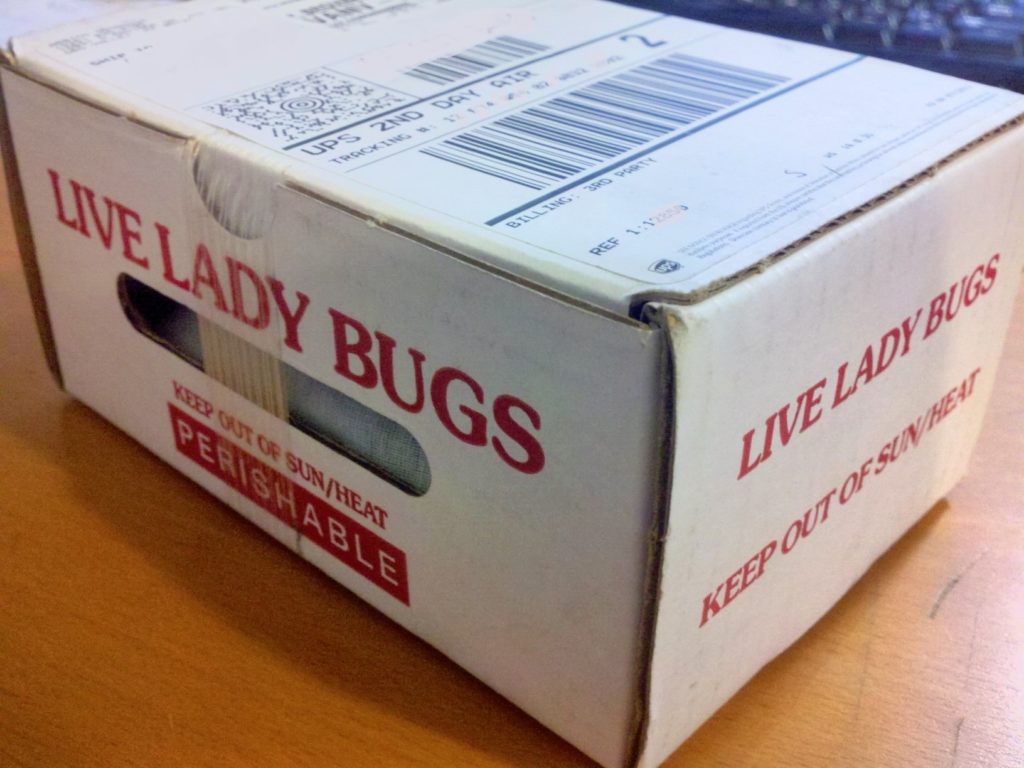
Sometimes no matter how hard we try, it’s difficult to entice beneficial insects into our yards to combat pest problems for a variety of reasons. In that case, it’s simple enough to purchase them and release them into our yards.
Through the wonder that is the internet, there are many online, reputable sources to buy helpful insects. Popular sources include:
- Amazon
- Planet Natural
- Gurney’s Seed & Nursery
Praying mantis are one of the cheapest options: a single egg case yielding 200 nymphs or more can be bought for about the cost of a cup of coffee (approximately $3). Ladybugs and lacewings can be purchased in quantities of 1,000 to 1,500 insects for about $15. Aphid midges sell for approximately $50 for 1,000 insects. Less-common bugs such as pirate bugs will cost $50 or more for 500; assassin bugs can cost almost $20 for a single insect.
Tips to keeping good bugs around
After intentionally drawing good bugs into the yard and garden, or buying them to release, keeping them around is important. Different insects require different enticements to stick around, but the following can help tremendously
- Include a variety of native flowering plants in the landscape. Their nectar provides food for the insects naturally found in your area.
- Set ladybugs free at night in a humid spot of lawn.
- Provide shelter for them by varying your landscape with shrubs, ground cover plants, and dead plant material.
Popular locations for lawn care services:

